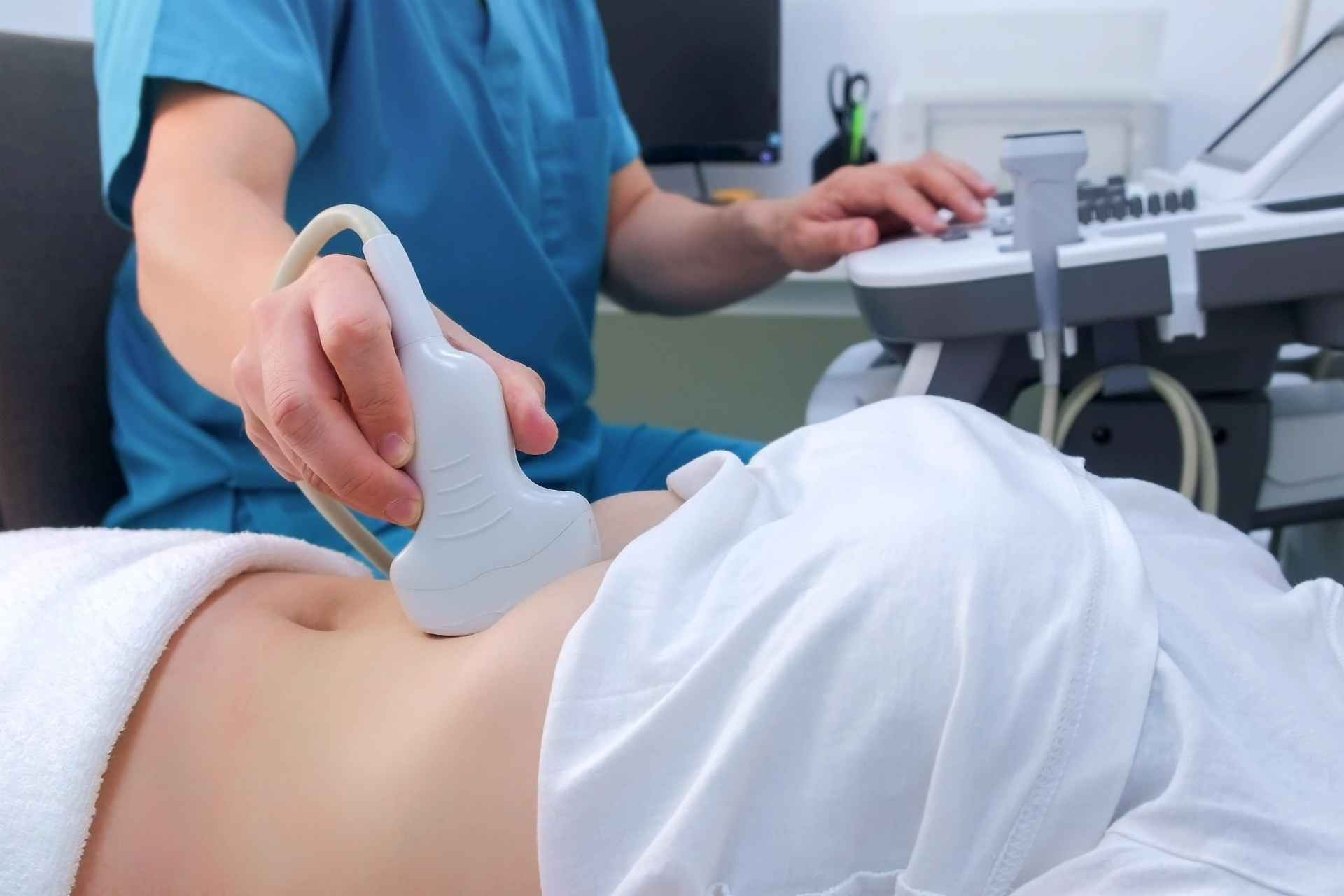What is already known on this topic
About 2 million deaths per year worldwide are caused by conditions that damage the liver and prevent it from functioning well. Factors such as obesity, age, and excess alcohol consumption can contribute to liver disease. Recent studies have linked the gut microbiota to the development of liver disease, and gut microbes have also shown potential for identifying cirrhosis — a late stage of scarring of the liver caused by many forms of liver conditions.
What this research adds
Researchers examined the association between the gut microbiota and liver disease in more than 7,000 Finnish people. The team also developed machine-learning models to predict liver disease using a person’s gut microbiota composition. They found several microbes, including Actinobacteriota, Bacteroidota, Firmicutes and Proteobacteria, that were associated with liver disease. Some of these results are consistent with previous studies on the relationship of bacterial species with liver function and disease progression.
Conclusions
The findings suggest that the analysis of the gut microbiota can be used in the clinic to complement conventional risk factors for predicting liver disease.
About 2 million deaths per year worldwide are caused by conditions that damage the liver and prevent it from functioning well. New research indicates that the gut microbiota may be a non-invasive approach to predict who is at risk of developing liver disease.
The findings, published in Cell Metabolism, suggest that the analysis of the gut microbiota can be used in the clinic to complement conventional risk factors for liver disease.
Obesity, age, and excess alcohol consumption can contribute to the development of liver disease. Recent studies have linked the gut microbiota to liver conditions, and gut microbes have also shown potential for identifying cirrhosis — a late stage of scarring of the liver.
“Previous studies have been limited by cross-sectional study design, and there are limited data regarding the association between baseline microbiota and incident [liver disease],” the researchers say. “This would be an important step in investigating whether the gut microbiome is causally linked to [liver disease] or can be used as a stratification tool to identify those at high risk who may benefit from targeted interventions.”
To examine the association between the gut microbiota and liver disease, researchers led by Yang Liu and Michael Inouye at the Baker Heart and Diabetes Institute analyzed stool samples and health data from 7,115 Finnish people.
Predicting risk
The study participants — aged 25 to 74 years at baseline — were followed up for about 14 years. Overall, the most abundant bacteria in the participants’ guts included Firmicutes, Bacteroidota, Actinobacteriota and Proteobacteria, the researchers found.
The researchers also developed and tested machine-learning models to predict liver disease using a person’s gut microbiota composition. They found that models of conventional risk factors and data on the gut microbiota improved the prediction of liver disease compared to conventional prediction models. The machine-learning models could also predict the survival of risk groups for liver disease.
Finally, the researchers validated their models in a case-control study focusing on non-alcoholic fatty liver disease — a range of conditions caused by a build-up of fat in the liver.
Disease association
The analysis of the participants’ gut microbiota revealed several microbes, including Actinobacteriota, Bacteroidota, Firmicutes and Proteobacteria, that were associated with liver disease. Some of these results are consistent with previous studies on the relationship of bacterial species with liver function and disease progression, the researchers say.
For example, scientists have known that alterations of the intestinal barrier, which cause increased gut permeability and are associated with Ruminococcus, Dorea, Faecalibacterium, and Blautia bacteria, can play a key role in the development of liver disease. And Bacteroidota and Proteobacteria are known to produce lipopolysaccharides — chemical molecules derived from the bacteria’s outer membrane that trigger a cascade of inflammatory response, promoting the progression of fatty liver.
“We demonstrated that the gut microbiome and conventional risk factor models exhibited similar prediction performances separately, but importantly, the microbiome-augmented conventional risk factor models markedly improved the prediction,” the authors say. However, they add, “the precise role of gut microbiota is poorly understood, and our results support the need for species-level resolution or indeed greater levels of resolution offered by even deeper metagenomic sequencing.”











